Navigating Construction Projects in San Francisco
- bhccorp
- Sep 29
- 4 min read
Embarking on a construction project in San Francisco can be both exciting and challenging. The city's unique landscape, strict regulations, and diverse architectural styles require careful planning and expert guidance. Whether you are building a new home, renovating a commercial space, or managing a large-scale development, understanding the key aspects of construction projects in this vibrant city is essential for success.
Understanding Construction Projects in San Francisco
San Francisco's construction environment is shaped by its geography, history, and regulatory framework. The city is known for its hilly terrain, seismic activity, and historic neighborhoods, all of which influence construction methods and materials.
Key factors to consider include:
Seismic Safety: San Francisco is in an earthquake-prone area. Buildings must comply with strict seismic codes to ensure safety and durability.
Zoning Laws: The city has detailed zoning regulations that dictate land use, building height, density, and design aesthetics.
Historic Preservation: Many neighborhoods have historic status, requiring special permits and adherence to preservation guidelines.
Environmental Regulations: Sustainability and green building practices are encouraged, with incentives for energy-efficient designs.
To navigate these complexities, it is crucial to work with professionals who understand local requirements and can help you obtain the necessary permits and approvals.
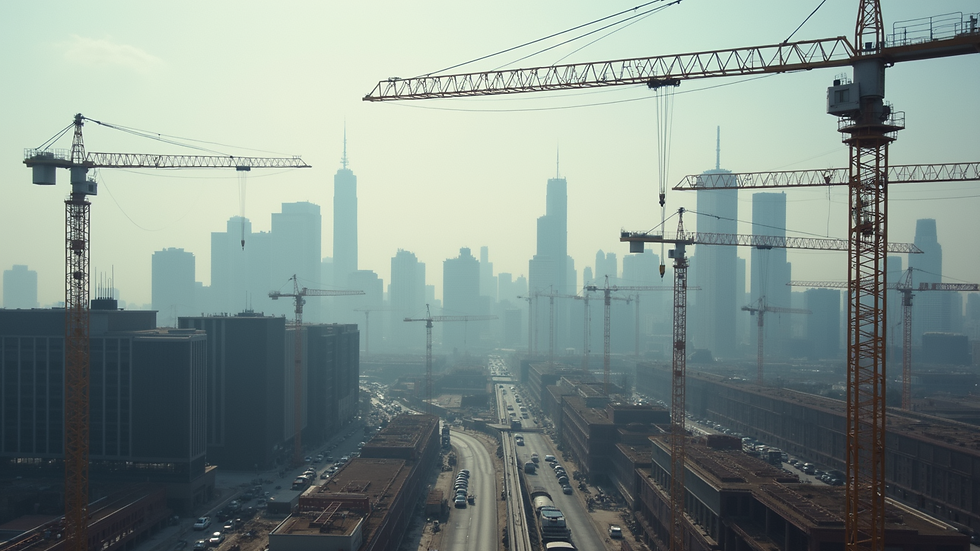
Planning and Managing Construction Projects
Effective planning is the foundation of any successful construction project. In San Francisco, this means developing a clear project scope, timeline, and budget while anticipating potential challenges.
Steps to Plan Your Project
Define Your Goals: Identify the purpose of the project, desired outcomes, and key features.
Conduct Site Analysis: Assess the location for soil stability, access, and environmental impact.
Hire a Design Team: Architects and engineers will create plans that meet your vision and comply with regulations.
Obtain Permits: Work with city agencies to secure building permits, zoning variances, and environmental clearances.
Select a Contractor: Choose a reputable general contractor with experience in San Francisco projects.
Managing the Construction Process
Regular Communication: Maintain open lines of communication with your contractor and design team.
Monitor Progress: Schedule site visits and review milestones to ensure the project stays on track.
Address Issues Promptly: Resolve unexpected problems quickly to avoid delays and cost overruns.
Quality Control: Inspect materials and workmanship to meet standards and specifications.
By following these steps, you can reduce risks and increase the likelihood of a smooth construction experience.
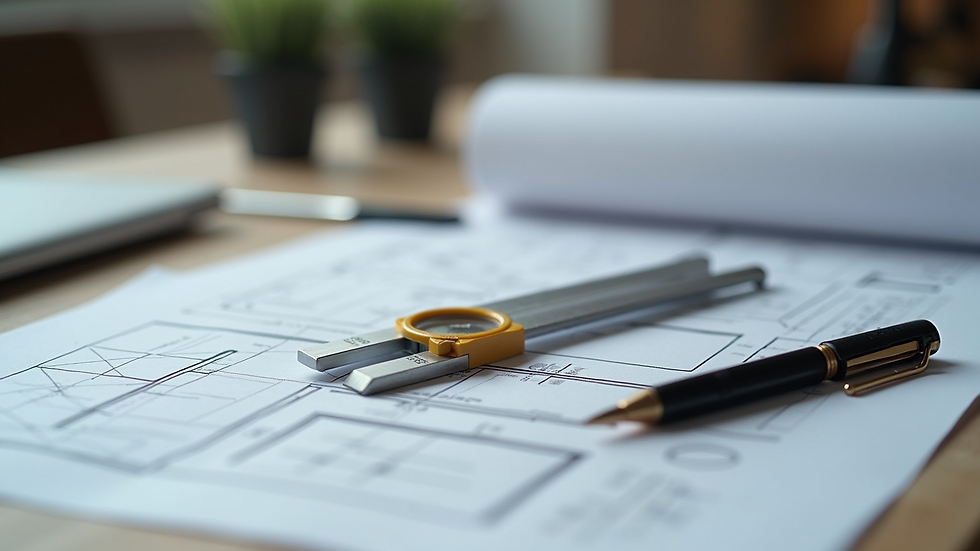
How much should I pay a general contractor?
Determining the right payment for a general contractor in San Francisco depends on several factors including project size, complexity, and scope. Contractors typically charge in one of three ways:
Fixed Price: A set amount agreed upon before work begins. This is common for well-defined projects.
Cost Plus: The contractor is paid for actual costs plus a percentage fee. This method offers flexibility but requires transparency.
Time and Materials: Payment is based on labor hours and materials used, suitable for projects with uncertain scope.
Average Costs in San Francisco
Residential Projects: Expect to pay between $150 and $400 per square foot depending on finishes and complexity.
Commercial Projects: Costs vary widely but generally range from $200 to $600 per square foot.
Additional Fees: Permits, inspections, and design fees can add 10-20% to the total budget.
Tips for Managing Contractor Payments
Get Multiple Quotes: Compare bids from several contractors to understand market rates.
Set Clear Payment Terms: Define milestones and payment schedules in the contract.
Hold Retainage: Keep a percentage of payment until the project is complete to ensure quality.
Verify Licenses and Insurance: Protect yourself by hiring licensed and insured contractors.
For those seeking a reliable partner, a general contractor san francisco can provide expert guidance and competitive pricing tailored to your project needs.
Overcoming Common Challenges in San Francisco Construction
Construction projects in San Francisco often face unique obstacles. Being prepared can help you avoid costly delays and frustrations.
Common Challenges
Permitting Delays: The city's permitting process can be lengthy due to high demand and complex regulations.
Seismic Retrofitting: Older buildings may require expensive upgrades to meet current seismic standards.
Limited Space: Urban sites often have tight access and storage constraints.
Weather Conditions: Fog and rain can impact construction schedules.
Labor Shortages: Skilled labor can be in high demand, affecting availability and costs.
Strategies to Mitigate Challenges
Start Early: Begin the permitting process well in advance.
Work with Experts: Engage engineers and contractors familiar with seismic requirements.
Plan Logistics: Coordinate deliveries and storage to optimize limited space.
Build Flexibility: Allow buffer time in your schedule for weather-related delays.
Maintain Relationships: Develop good rapport with subcontractors to secure reliable labor.
By anticipating these issues, you can keep your project moving forward smoothly.
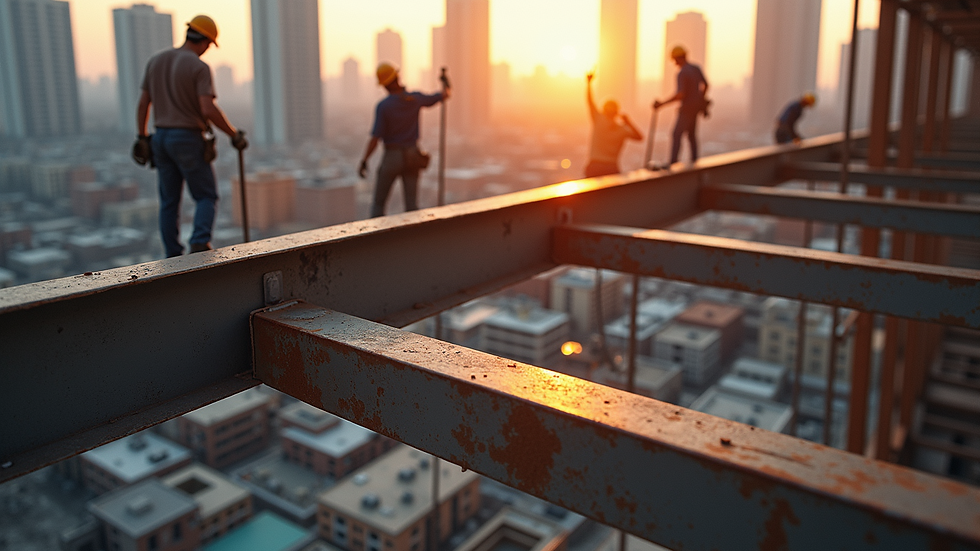
Enhancing Your Project with Sustainable Practices
San Francisco is a leader in green building and sustainability. Incorporating eco-friendly practices can reduce environmental impact and improve long-term value.
Sustainable Construction Tips
Use Energy-Efficient Materials: Insulation, windows, and HVAC systems that reduce energy consumption.
Incorporate Renewable Energy: Solar panels and other renewable sources can lower utility costs.
Reduce Waste: Implement recycling and reuse strategies on-site.
Water Conservation: Install low-flow fixtures and rainwater harvesting systems.
Choose Local Materials: Minimize transportation emissions by sourcing locally.
Benefits of Sustainable Building
Lower operating costs
Increased property value
Compliance with city incentives and regulations
Positive community impact
Consult with your contractor and design team to integrate sustainability into your project from the start.
Final Thoughts on Managing Construction Projects in San Francisco
Successfully navigating construction projects in San Francisco requires careful planning, knowledgeable partners, and adaptability. By understanding local regulations, budgeting wisely, and addressing challenges proactively, you can bring your vision to life with confidence.
Whether you are a first-time builder or an experienced developer, leveraging the expertise of a general contractor san francisco can make a significant difference. Their local knowledge and professional network will help you manage complexities and deliver a high-quality project on time and within budget.
With the right approach, your construction project can contribute to the dynamic and innovative spirit of San Francisco’s built environment.
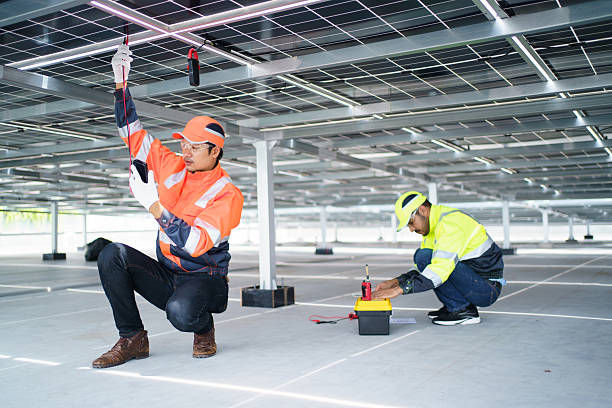
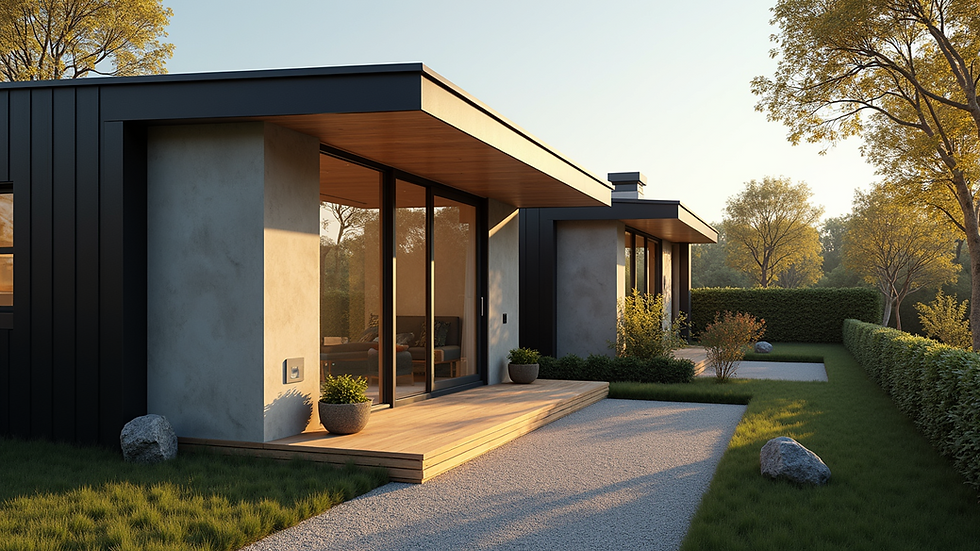

Comments